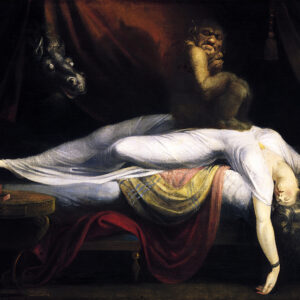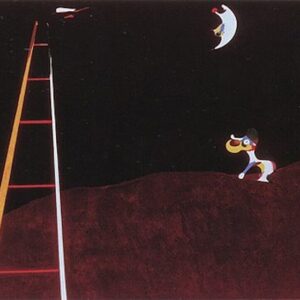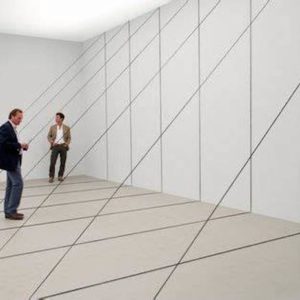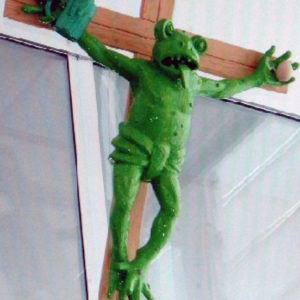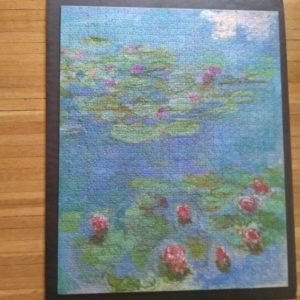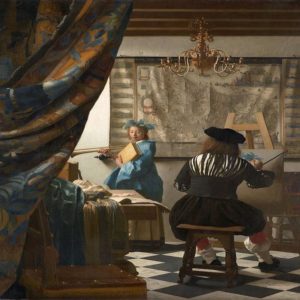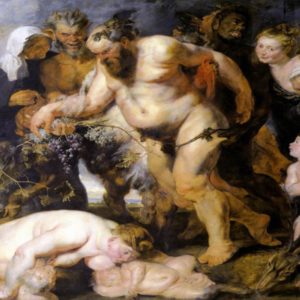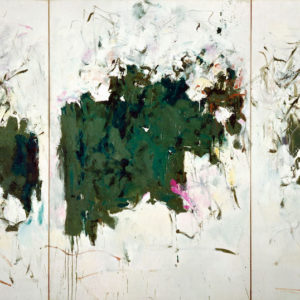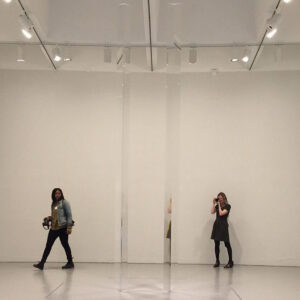
Art as Experience: Robert Irwin’s “Untitled (Acrylic Column)”
It is hard to describe the works of Robert Irwin. A typical work by Robert Irwin is, for instance, a piece called Untitled (Acrylic Column). Basically it’s a free-standing column of see-through acrylic about fifteen feet high. The column is constructed in a kind of ‘V’ shape so that it doesn’t fall over. Also, stuff happens with the light and with the refractions of vision in that shape.

